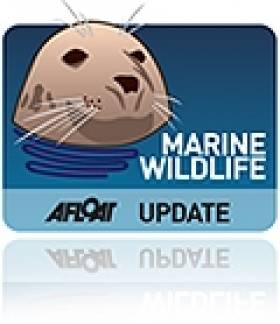Displaying items by tag: Sea Turtles
Lookout Urged For Beaches Turtles After Rare Species Find
#MarineWildlife - Seaside visitors are being asked to look out for turtles washed up on the shore after a rare example of the world's smallest sea turtle was discovered in Donegal over Christmas.
According to the Irish Independent, the body of the foot-long Kemp's ridley turtle – declared by National Geographic to be the most endangered sea turtle species on earth – was found on the rocks at popular surfing spot Rossnowlagh beach on Christmas Day.
It turned out to be one of four such turtles discovered in the British Isles in just the last few weeks – far from their usual, much warmer climes in the Gulf of Mexico.
And they're not the only marine wildlife to look out for, as photographer David Comerford tells TheJournal.ie about a stranded seal pup he found at the Sutton end of Bull Island last night.
The little seal "appeared to be in good health" though it has "a clear injury to one of its flippers". The Irish Seal Sanctuary has been notified and is co-ordinating a response with local vets.
Update: The Irish Times has video of the seal pup returning to the sea as the tide came in.





























































